Methods of Fishing
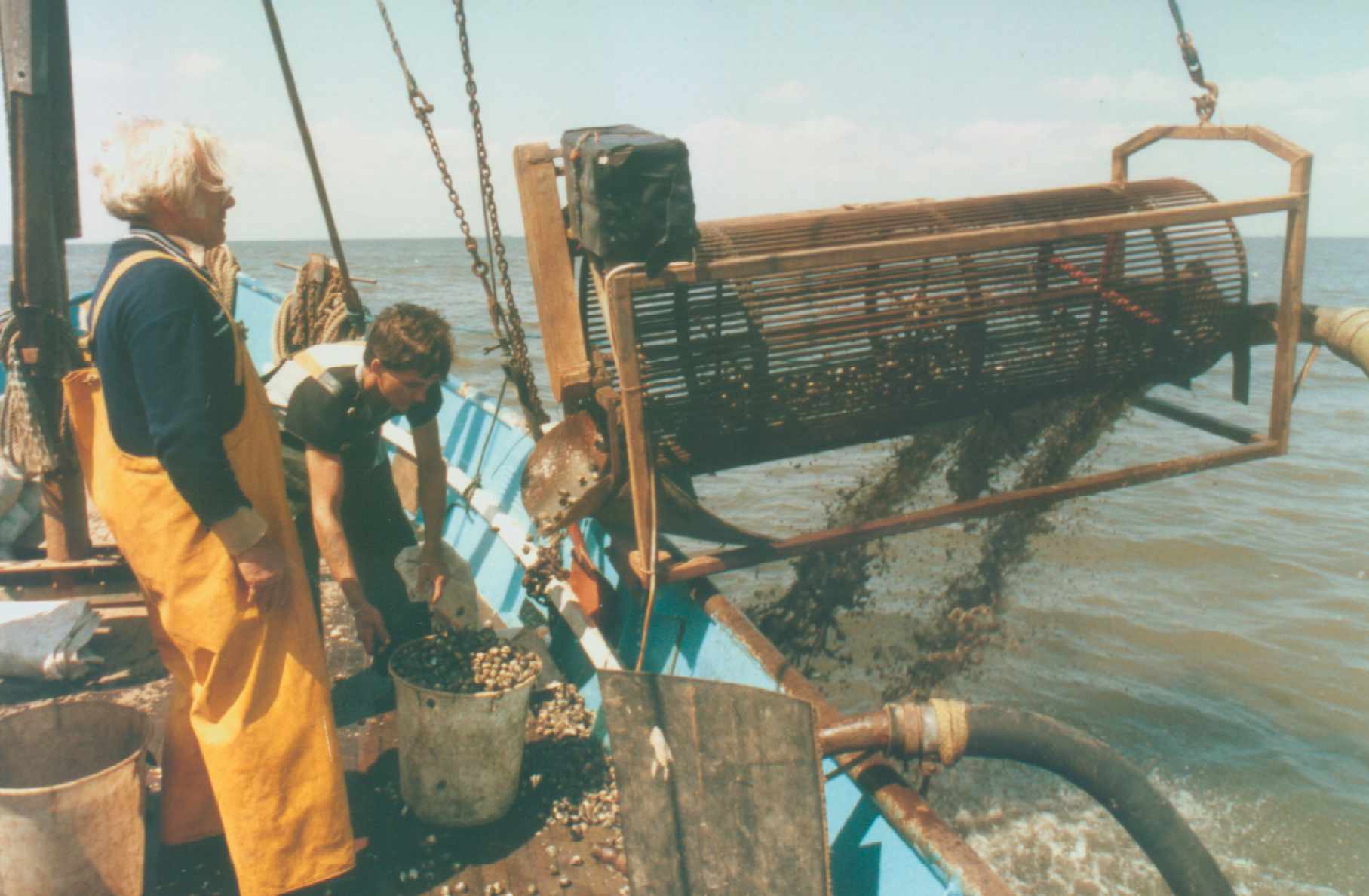
COCKLE FISHING:
Suction Dredging: The most common method of cockle fishing is now
the use of a hydraulic dredge with solid handling pumps.
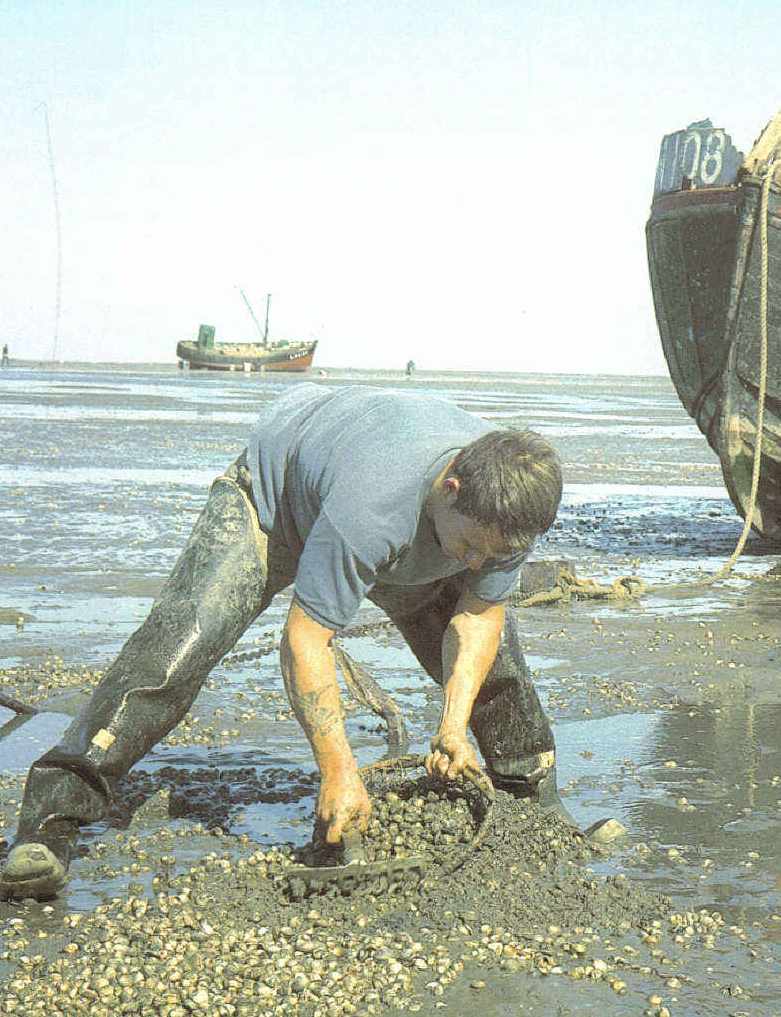
Hand Working: Although this method is still used by a few vessels it
has been replaced by Suction Dredging. Hand working is literally as it sounds
using a rake and buckets, physically hand raking the cockles from beneath
the surface of the sand.
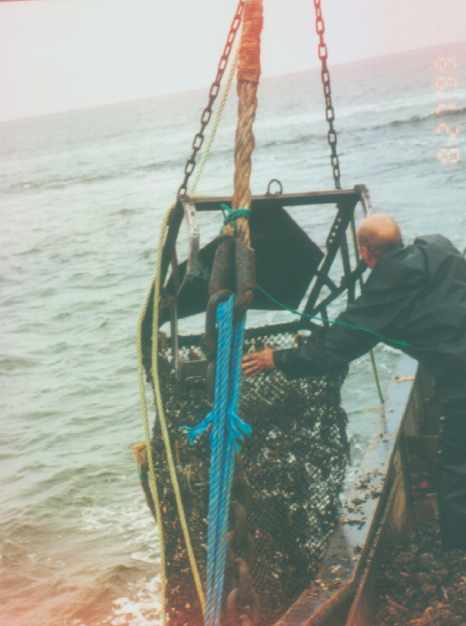 MUSSEL
FISHING:
MUSSEL
FISHING:
Hand Working: Carried out in the same manner as cockle handworking using rakes and nets.
Dredging: Unlike cockle suction dredging, mussel dredging is more a method of dragging. A mesh bag with a blade is towed along the seabed, the mussels are collected into the mesh bag before being hauled onboard the vessel.
SHRIMP FISHING:
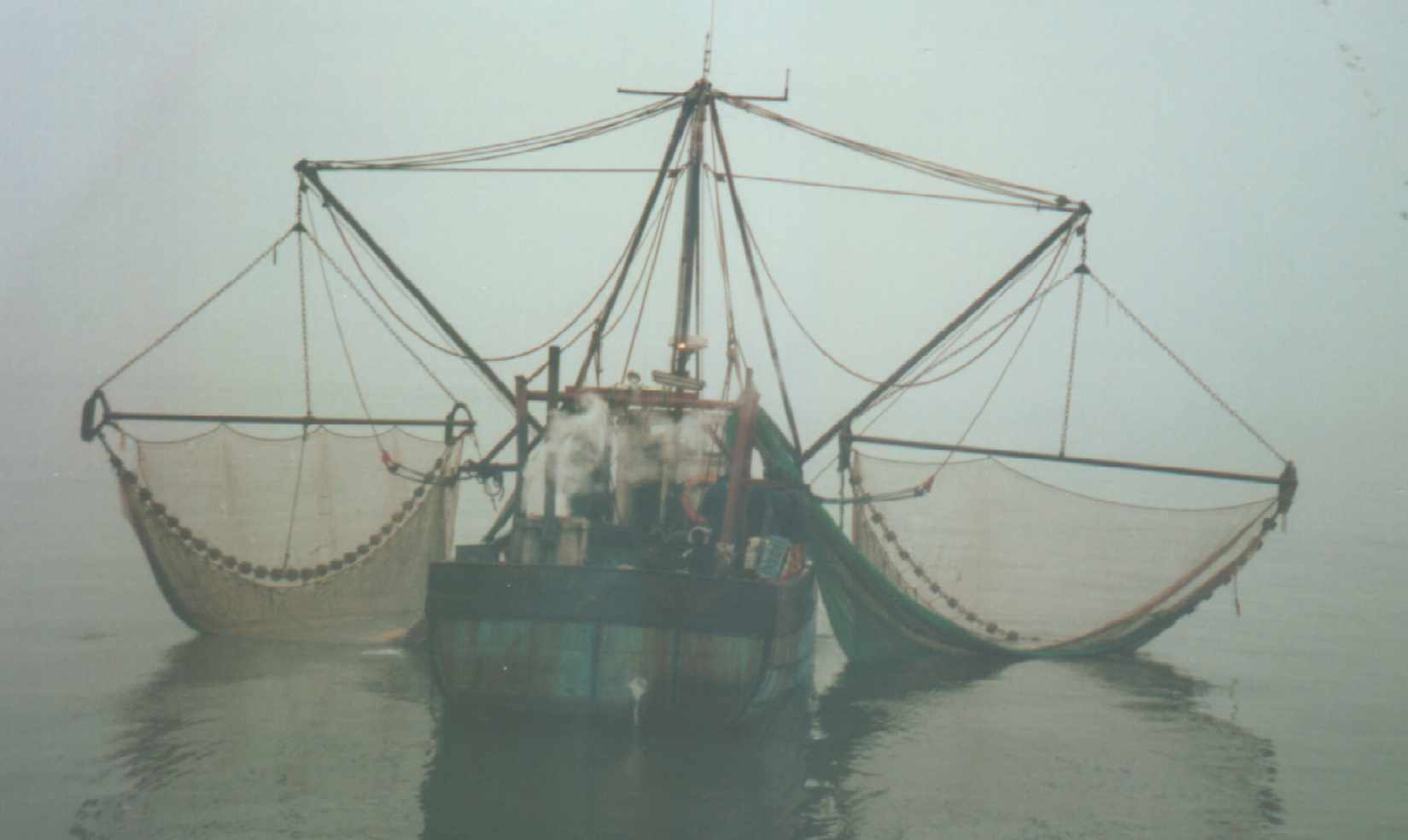
Trawling: Shrimp Trawling can be carried out using either a single
trawl, from the back of the vessel, or twin trawls, from either side of
the vessel. Trawling is a method of dragging nets with rollers attached
to the front of t he nets, along the seabed, the motion of the rollers rotating
stirs up the seabed having the effect of making the shrimps jump into the
nets.
POTTING:
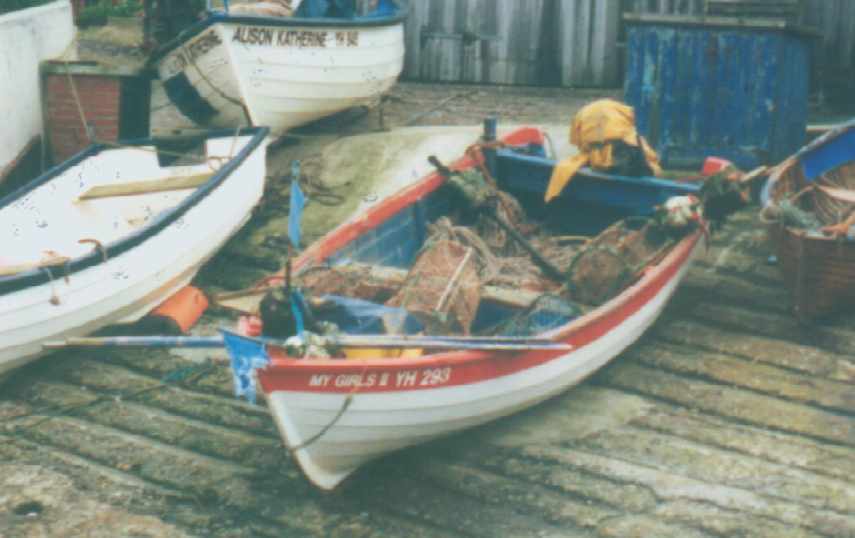 Potting
is the most effective method of fishing for shellfish. Particularly crab,
lobsters and whelks. The majority of pots used are of a plastic
parlour pot design, although a small number of traditional creel pots are
still used. Pots will be strung together in a line which is then anchored
to the seabed. These pots will be baited and left anchored to the seabed
until the owner returns to check them. Common ground for pot fishing is
around wrecks.
Potting
is the most effective method of fishing for shellfish. Particularly crab,
lobsters and whelks. The majority of pots used are of a plastic
parlour pot design, although a small number of traditional creel pots are
still used. Pots will be strung together in a line which is then anchored
to the seabed. These pots will be baited and left anchored to the seabed
until the owner returns to check them. Common ground for pot fishing is
around wrecks.
DRIFT NETTING:
Drift netting, will often be an appropriate
method of fishing for vessels targetting small inshore fish such as herring.
Drift nets are not attached to the vessel or the seabed but are literally
a net allowed to drift. The vessel working with the net will keep the net
in sight at all times, being made more obvious to the observer by a float
which is attached to the net.
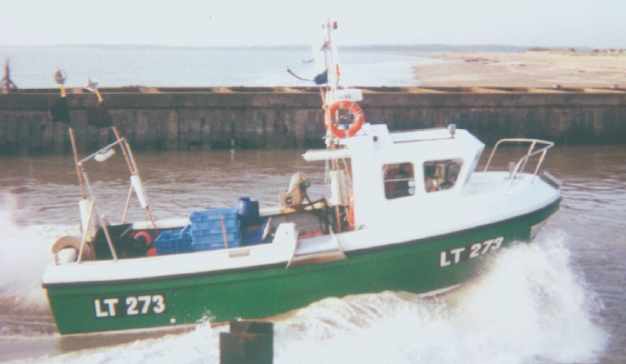 LONG
LINING:
LONG
LINING:
Any species of fish can be targetted using the long lining method. A line of baited hooks will be anchored at each end and left for approximately one tide before being brought ashore, any catch removed and the hooks being rebaited.
ANGLING or BEACH CASTING:
This method of fishing can be carried out
off wrecks or from the shore. It literally involved the standard method
of rod and line fishing. Cod and pollack are common species caught using
this method.
OYSTER FARMING:

Within the Committee's District Oyster farming is confined to the Wash and
the Suffolk coast. Oyster seed is grown in net bags which are placed on
trestle tables anchored to the sea bed. These net bags will be turned every
24-48 hours, when they are accessible at low tide.
FISH BEAMING:
Aimed at a variety of species of bottom feeding fish, fish beaming uses two beams in exactly the same manner as twin beam shrimp trawling.